Utilising Virtual Reality in Learning Design
Introduction
The Australian Army’s ongoing training modernisation journey continues to push toward scalable, accessible, and effective solutions that meet the evolving needs of the force. In alignment with the Land Domain Training System (LDTS) and the Defence Digital Strategy Roadmap, Army Aviation Training Centre (AAvnTC) is attempting to maximise its utilisation of synthetic training for procedural training. Single Point Virtual Reality (SPVR) is an internally developed training solution designed to embrace Active Learning and put learner experience at the core of training.
Traditional Training Model: What We Are Moving Away From
Classroom instruction tends to focus on theories -diagrams, checklists, PowerPoints. It’s an often ICT-focused constraint which can limit alternative approaches. While necessary, this mode alone does have limitations – particularly around the muscle memory requirements of procedural training. Soldiers can memorise the “what” without internalising the “how”. It leaves learners with passive knowledge – not primed for application.
Access to live airframes for practice is rare, particularly at remote or non-aviation locations. When available, it involves intense coordination, high costs, and tight timelines. Aircraft must be re-tasked from operational duties, instructors scheduled, and facilities prepared. This creates a training bottleneck. Practical exposure can sometimes be late, briefly delivered, and often under pressure.
Single Point VR: A Different Approach
SPVR reverses this paradigm by placing the learner in a virtual environment where training is active, hands-on, and self-paced. It leverages high-fidelity simulation to teach soldiers how to perform real-world tasks, not just recall information.
The system is built on Active Learning design principles:
- Learning by doing is prioritised over theoretical instruction.
- Mistakes are encouraged as part of the learning process.
- Immediate feedback and repetition allow users to build intuition and procedural fluency.
- Guided and free-play modes support both structured delivery and student-led exploration.
The focus is not just on knowledge transfer but on skill acquisition - on creating durable, confident, adaptable performers who are ready before they even see the real aircraft in some cases.
Agility and Internal Control: Built Not Bought
One of SPVR’s greatest strengths is that it has been built entirely in-house by AAvnTC developers and instructional designers. This allows for rapid prototyping, user feedback loops, and agile updates based on real-world instructional use.
No contractual scope changes. No delays in communication between the client and the vendor. No scope restrictions. The training system remains under the full control of those closest to the user.
This model also enhances assurance. Subject matter experts directly inform the learning design. Rather than working around a commercial product, instructors help shape the product they teach with. Also, test and evaluation occurs as a necessary component post-development to ensure the product fits within the training system in the right place.
Expanding Access without the Aircraft
SPVR unlocks procedural CH-47F training at locations where the aircraft is not physically present. For units in remote areas, Reserve components, or early trade exposure training, this represents a major shift in capability.
Trainees can begin building muscle memory and procedural awareness without needing to travel or wait for a scheduled aircraft block. This supports distributed learning models and reduces reliance on overburdened centralised resources.
The system can be deployed where it is needed most - before, during, or after formal instruction - to reinforce skills and enable self-driven improvement.
Limitations and Integration
As with all virtual training, SPVR cannot simulate the full physicality of working on a live CH-47F - engine vibration, noise, airflow, or physical strain are absent. However, the system is not designed to replace live training, but to prepare for it. It is a highly specialised training tool for a particular job. It helps bridge the gap between theory and practice.
By the time a trainee engages with the aircraft, they have already practiced the procedures multiple times and built muscle memory in a safe, feedback-rich environment. This reduces practical training difficulties, builds confidence, and enhances safety in the live setting.
Conclusion
Single Point Virtual Reality represents an attempt to walk the walk from the Training Centre. It moves us away from passive instruction toward active engagement. It places training power directly into the hands of soldiers. And critically, it gives the Army agility - allowing us to evolve our systems in real-time, with no external barriers.
The challenge continues to remain the next phases in any training solution – building the system that supports it. We are all familiar with the ‘good idea fairy’ that sits on the shelf – AAvnTC is seeking to integrate these training solutions as sustainable and reliable training solutions as we move forward and win recognition that these ideas require permanence in our Training System.
For more information or to see SPVR in action, contact the Training System Integration section at AAvnTC at aavntc.tsi@resources.defence.gov.au.
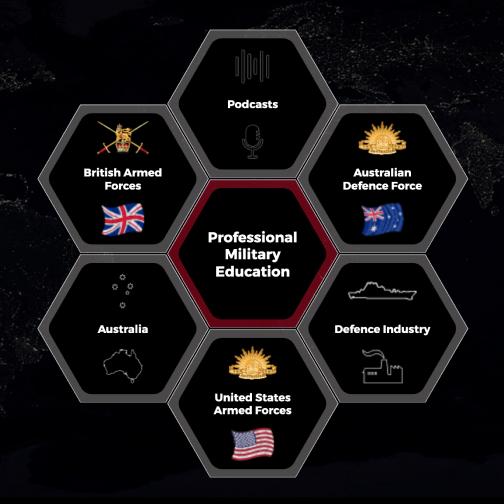
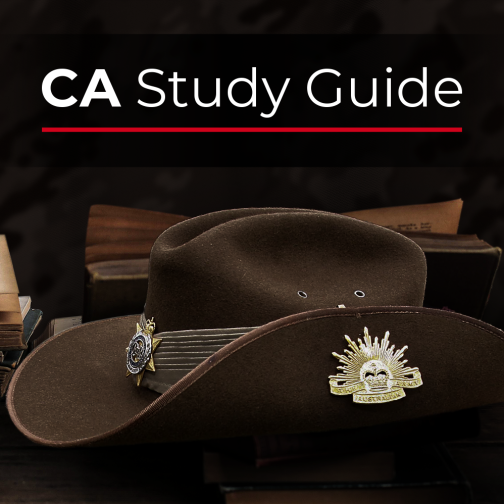

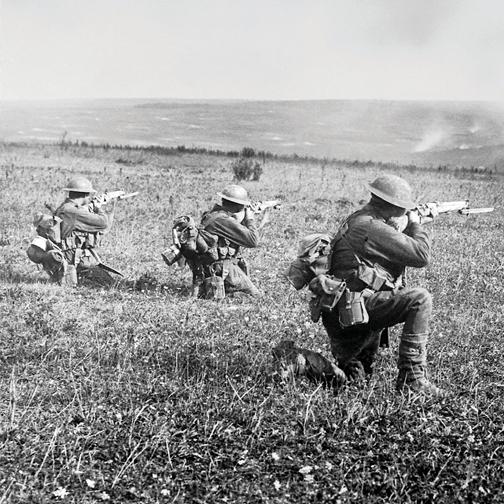
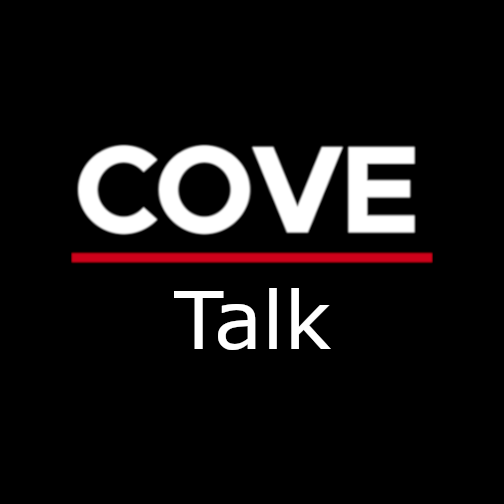
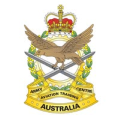
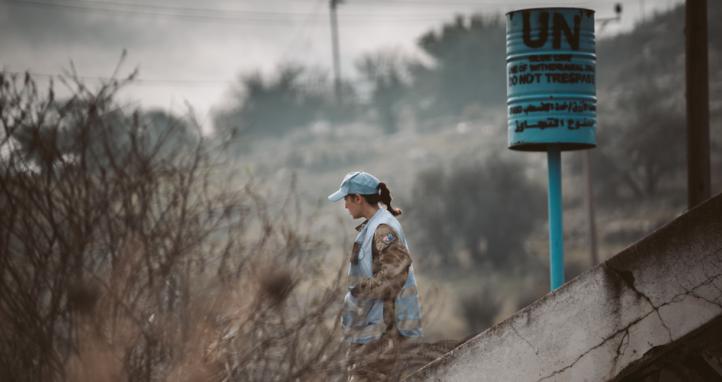
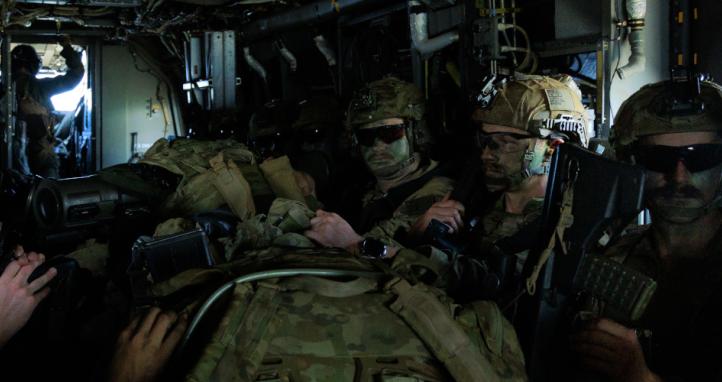

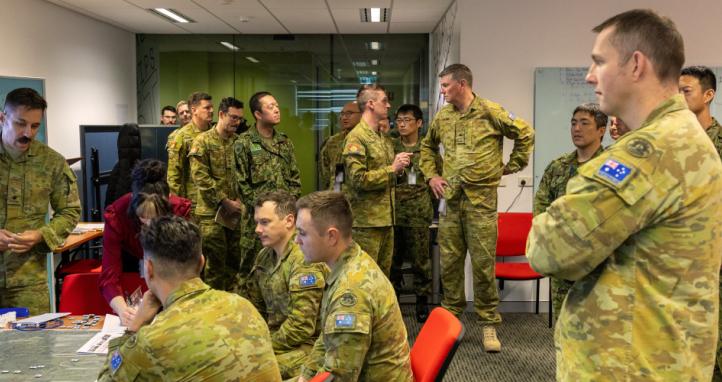
With the need for rapid introduction of training and the potential for decentralised training to take place, a lightweight low cost (comparative to running a chopper on the ground for refuelling) training solution that has the potential to be deployed out to any area or location sounds like exactly things we should be doing, great work!